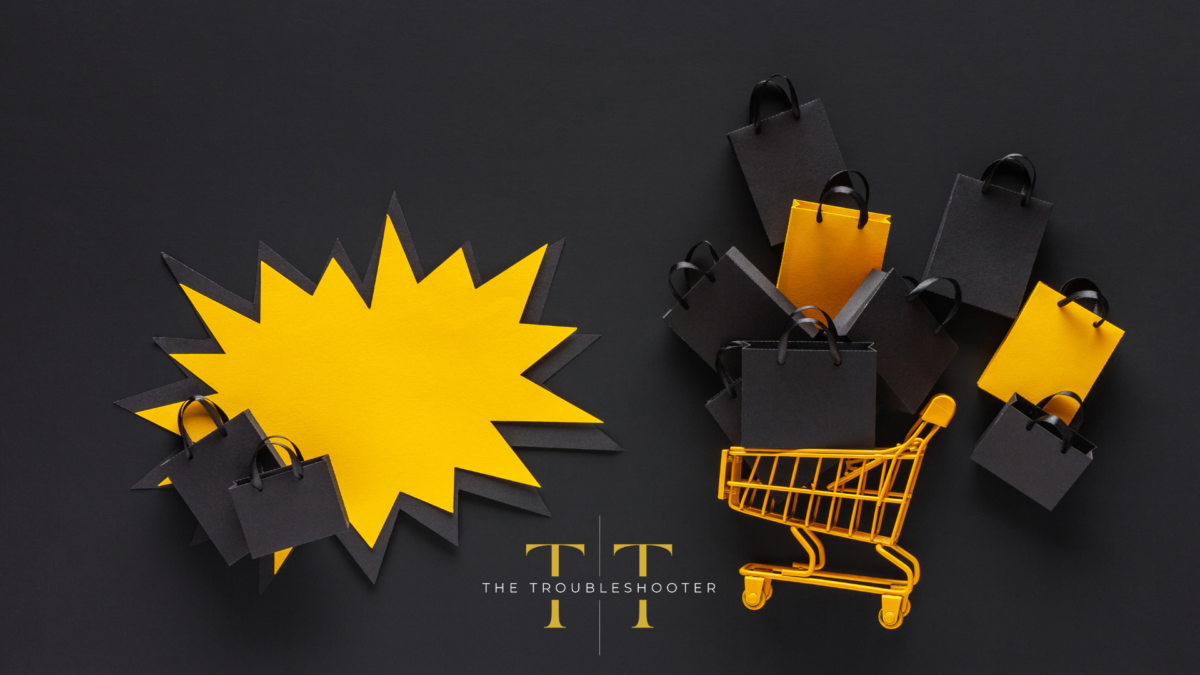
There has always been some debate between old-school salespeople and marketers over whether return on investment is more important than brand awareness. I can’t count the number of times over the years when I have had to argue the value of investing in a brand, and building a name for a company, to a salesperson placing a far higher value on ROI. It’s an age-old debate.
Fortunately, for most of us, the days of treating sales and marketing as two separate functions are long behind us. Modern commercial marketers, like me, strive to find a happy medium between broadening brand recognition, generating healthy sales, and getting the most bang for our investment buck. Our ultimate purpose being both to generate a profit while simultaneously establishing a reliable reputation for our business. In today’s article, I’ll discuss the interplay between brand awareness and return on investment, and how it can impact your business. Brand awareness, recall and recognition: Awareness of your brand and an understanding of what it represents to consumers is an essential component of a successful marketing strategy. What your brand represents to consumers is fundamental because it measures the degree to which individuals are familiar with your company, its products, and/or services. Creating a loyal customer base, gaining credibility, and setting yourself apart from the competition are all aided by a strong brand’s visibility in the marketplace, and if people are familiar with your brand, they are more likely to consider it when making a purchase. Being well-known can improve financial standing by both attracting new customers, and retaining the ones you already have. Strong brand recall can also entice those delicious word-of-mouth referrals. It’s powerful stuff. But it doesn’t come easy. Building a recognisable brand is an integral part of any good advertising campaign, but that’s not all it takes. Brand awareness must be viewed in the context of a larger marketing strategy that places a premium on meeting the needs of consumers and earning their trust. Building it can take time and resources, and it may not directly lead to immediate sales or a measurable return on investment so you should also give thought to the quality of products or services, the appeal of content, the efficiency of customer service, and the depth of connections with your target demographic. But brand building, and investment therein, should always be considered deeply. There will be missed opportunities to reach potential customers and cultivate a loyal following if it’s ignored entirely. So, to invest or not to invest? The following are a few of the most compelling reasons to invest in brand awareness:
- Differentiation: Creating a unique identity for your company will set it apart from the rest of the pack. Establishing a robust brand identity will enable you to differentiate from your rivals.
- Trust and credibility:Having a recognisable brand can help you gain the respect and loyalty of your target audience. Customers are more likely to spend money on goods and services from brands they are already familiar with, and are more likely to have faith in the reliability of those goods and services if they come from a trusted brand.
- Attracting new customers: Building up recognition is critical to the process of bringing in new clients. When people are familiar with a brand, they are more likely to trust it and choose it over others that are available to them.
- Repeat business: Customer loyalty is more likely to be established for brands that consumers know and like/love. You can boost your chances of having repeat customers by fostering a positive association between your brand and your buyer, and when consumers invest emotional capital in a company, they are more likely to remain loyal customers. Companies benefit hugely from keeping existing customers with acquisition costs far exceeding those of retention (I’ll come to this in a future article).
- Increased revenue: A strong brand identity can lead to increased sales and revenue. Brand loyal consumers are more likely to make repeat purchases and spread the word about the company’s products and services.
- Competitive advantage: A company can gain an edge over rivals with weaker brands if it works to increase consumer recognition of its product or service. Gains in both market share and earnings potential may result from this.
Return on investment: Return on investment, marketing investment and advertising spend (ROI/ROMI/ROAS), are common and essential metrics for evaluating the success of various promotional initiatives. By contrasting the amount of money made with the amount of money spent, they determine the financial success of our marketing campaigns, identifying successful promotions, calling out inefficient endeavours, and clearly illustrating the impact to the bottom line. They are crucial metrics informing us if our investments are generating enough returns to justify the costs, and whether our buck is indeed banging. There can be several reasons why a marketing investment may not make a return, including:
- Inaccurate targeting: The effectiveness of any advertising campaign is greatly diminished if it is not targeted to the appropriate demographic, or too widely.
- Ineffective messaging:It’s possible that the marketing messages won’t be effective in generating conversions if they aren’t compelling or if they don’t resonate with the target demographic.
- An absence of distinction: Customers may be less inclined to buy the advertised good or service if the marketing materials are generic or fail to differentiate themselves from those of competing brands.
- Budget constraints: Achieving desired results will be impossible if the marketing budget is too small, or poorly allocated.
- Inaccurate metrics: There’s a risk that the marketing budget won’t pay off if the metrics used to gauge success aren’t representative of the true value of the campaign, or aren’t in line with overall company objectives.
- Poor timing: There is always a window of opportunity to take advantage of market trends or customer needs, and if marketing efforts are launched too early or too late, they may miss it.
- Failure to follow-up: If the marketing efforts aren’t followed up with good sales and customer service, the potential customers might not turn into paying customers.










